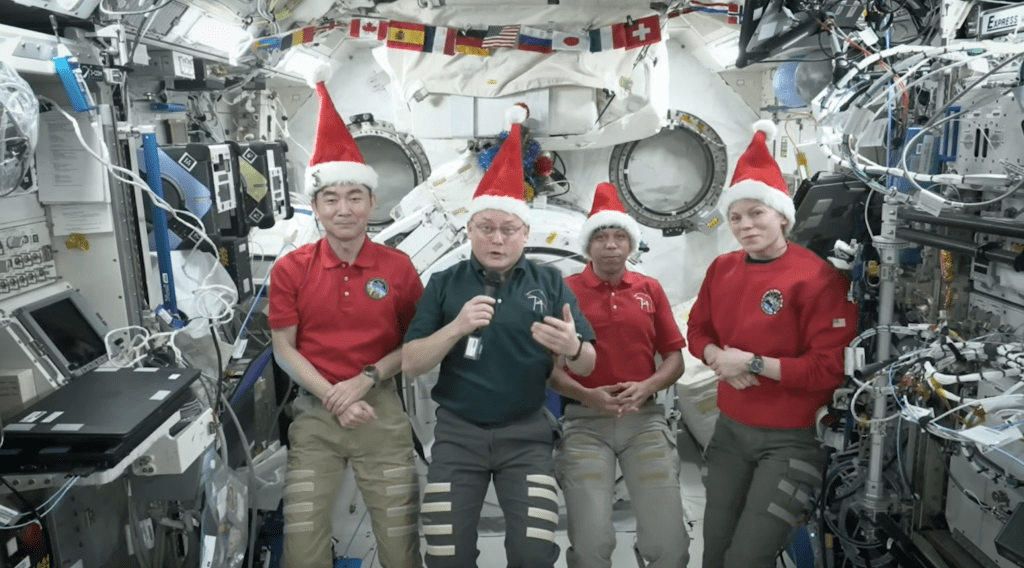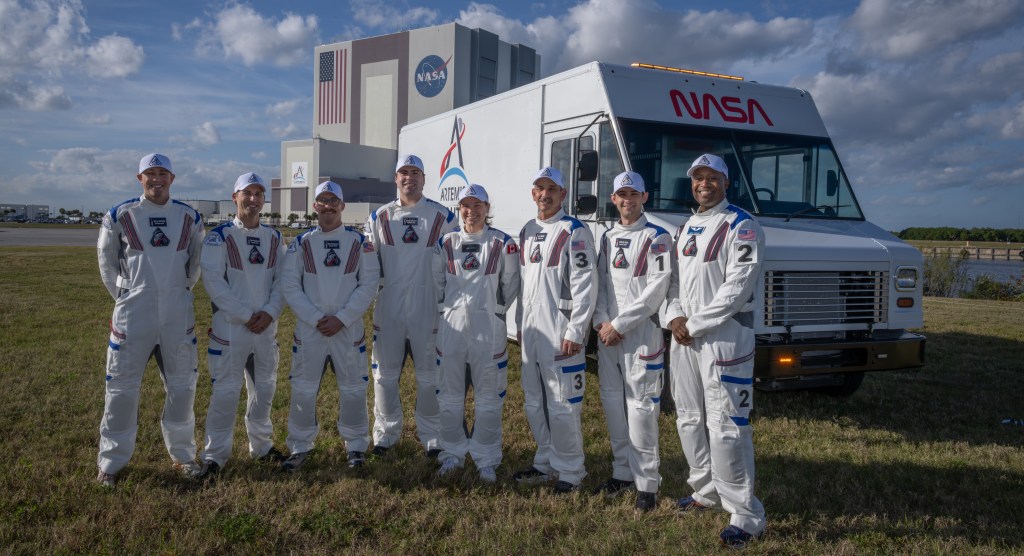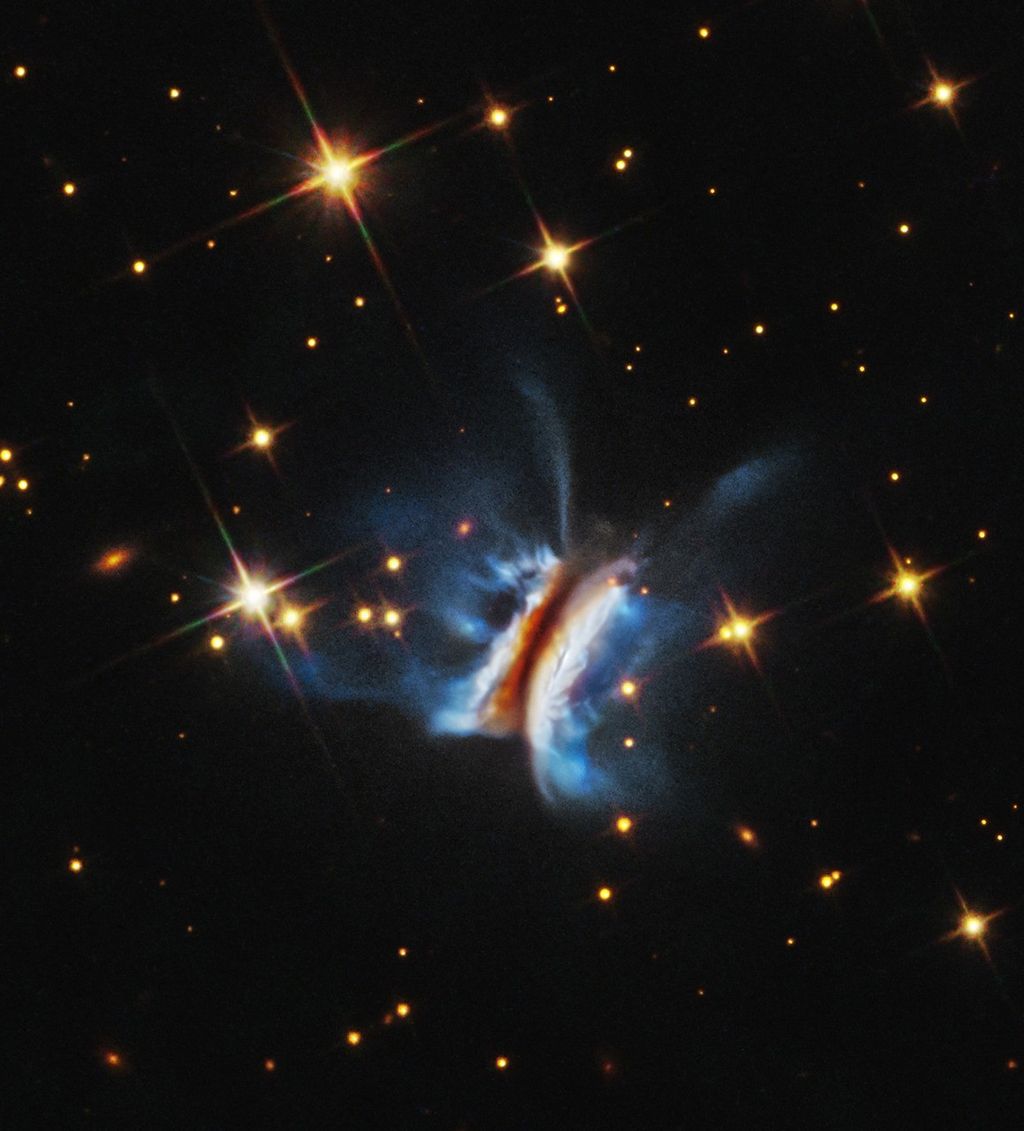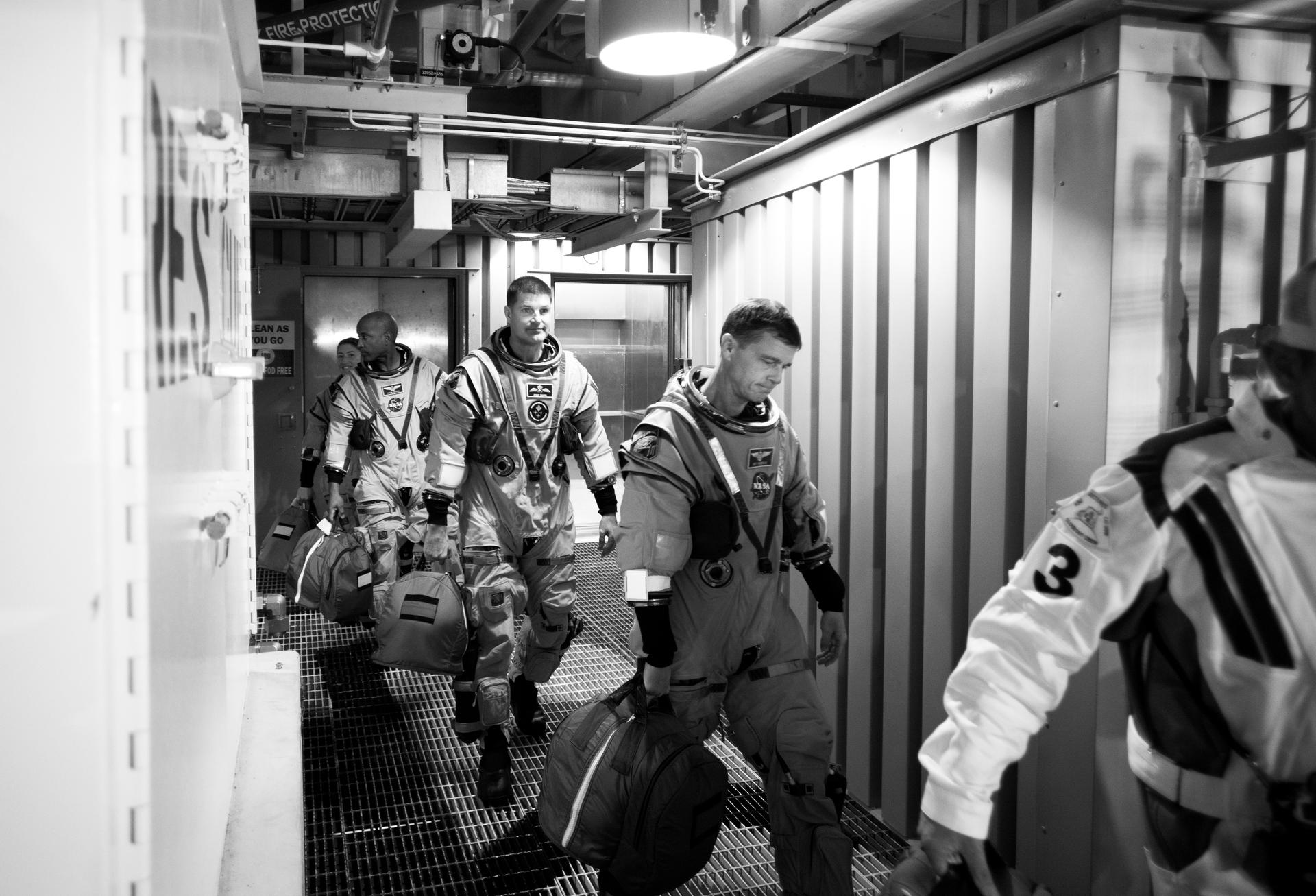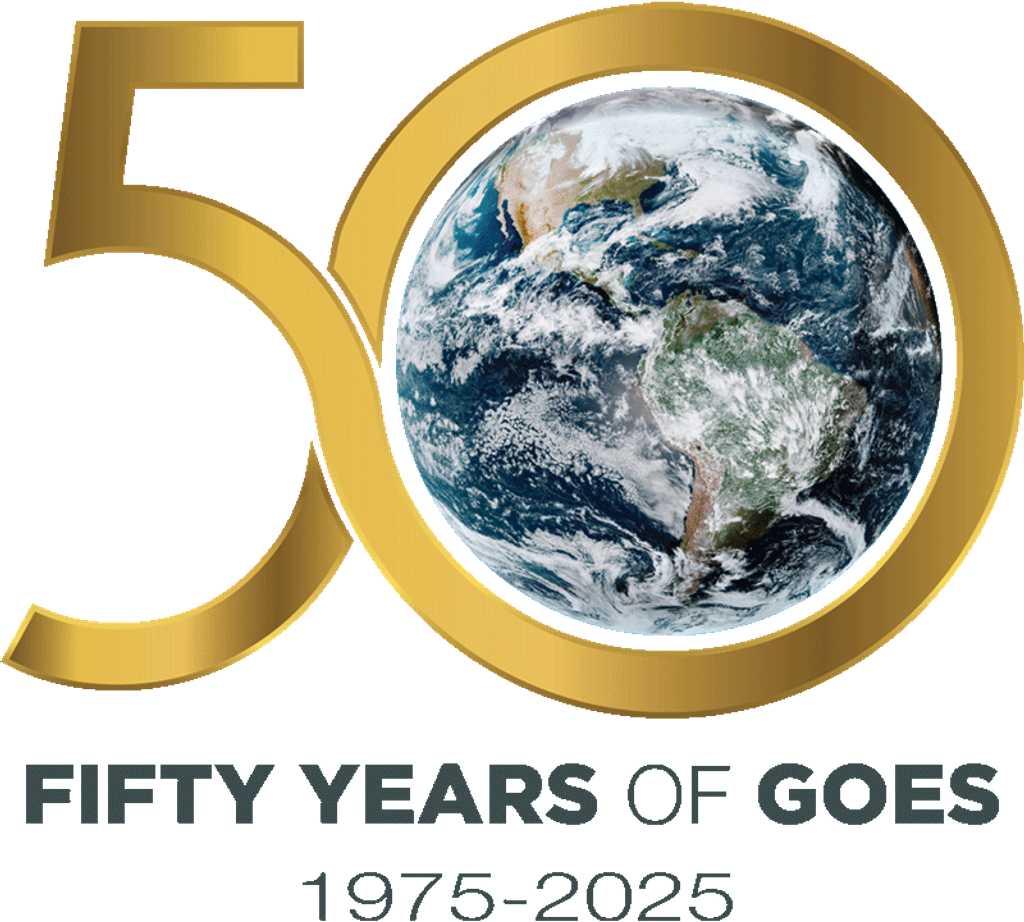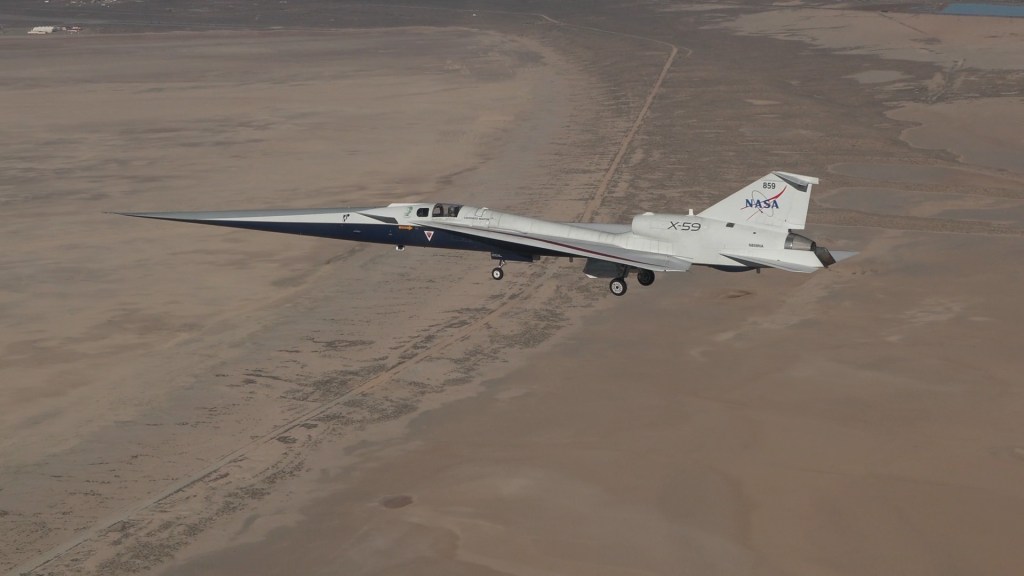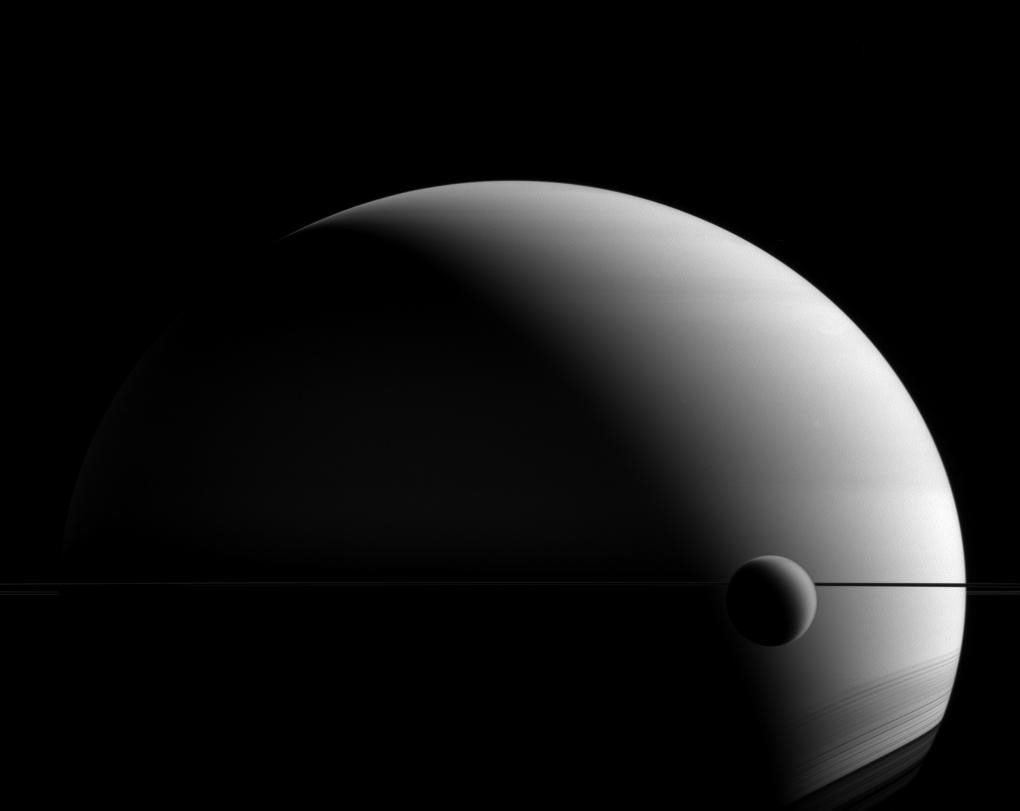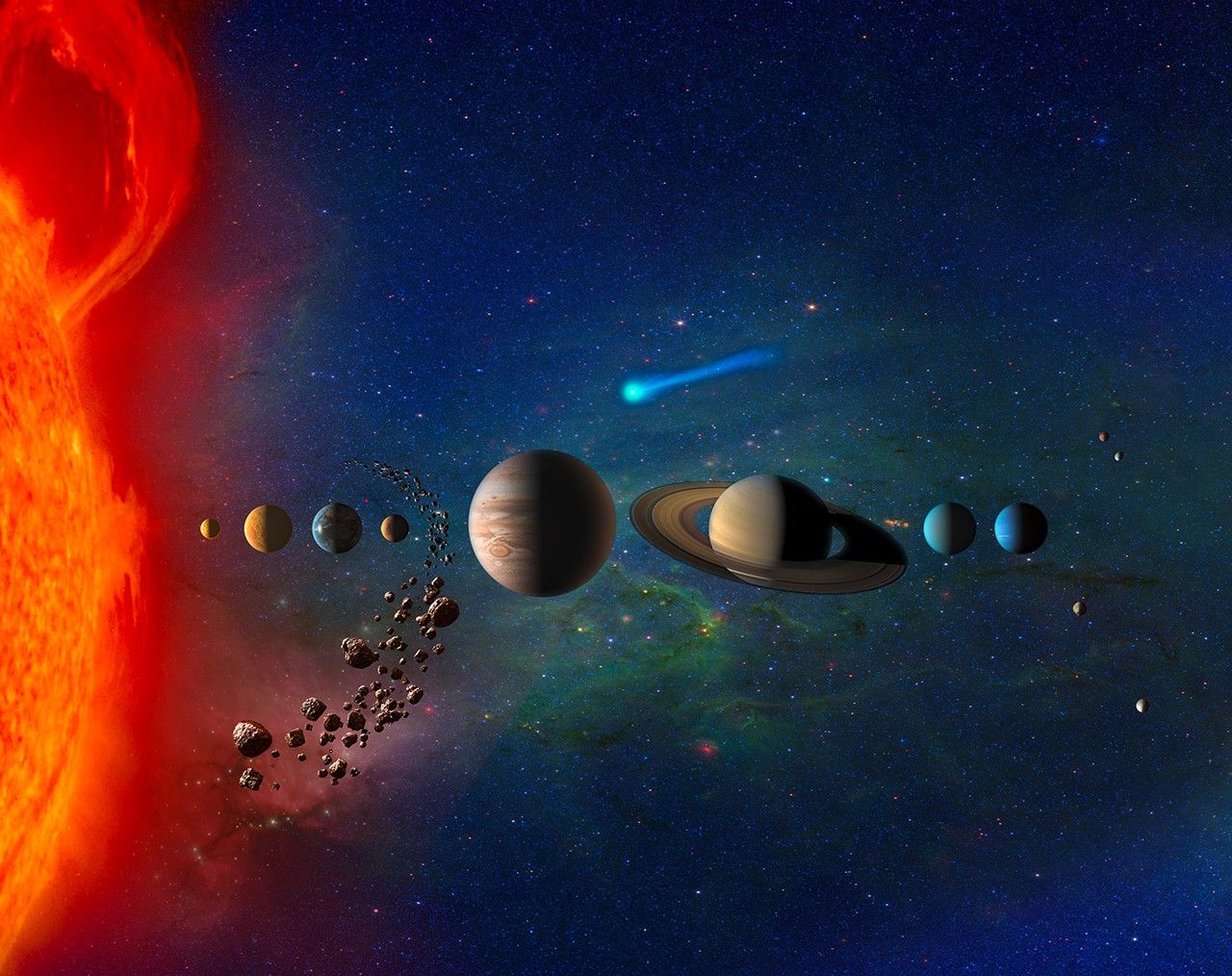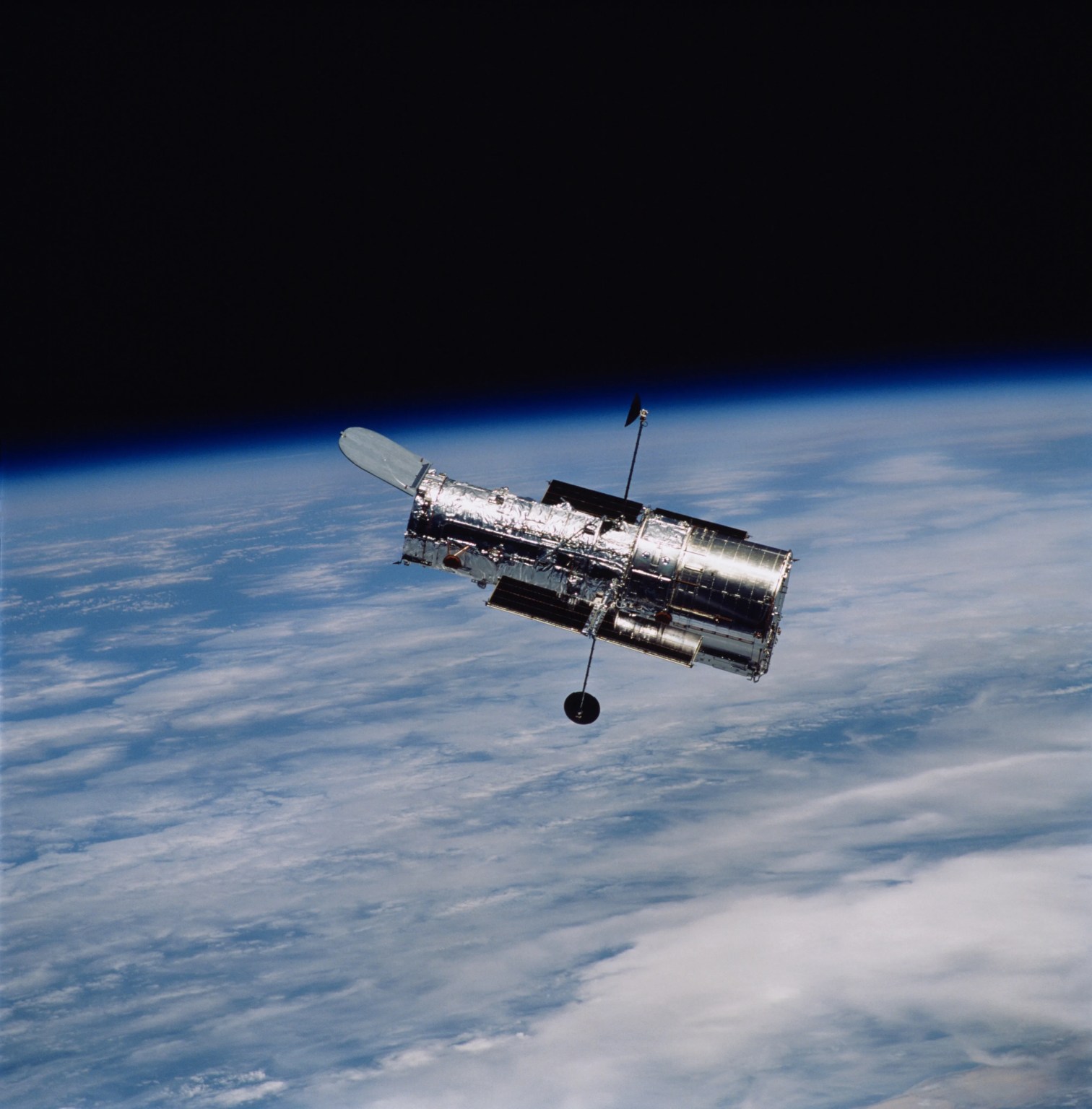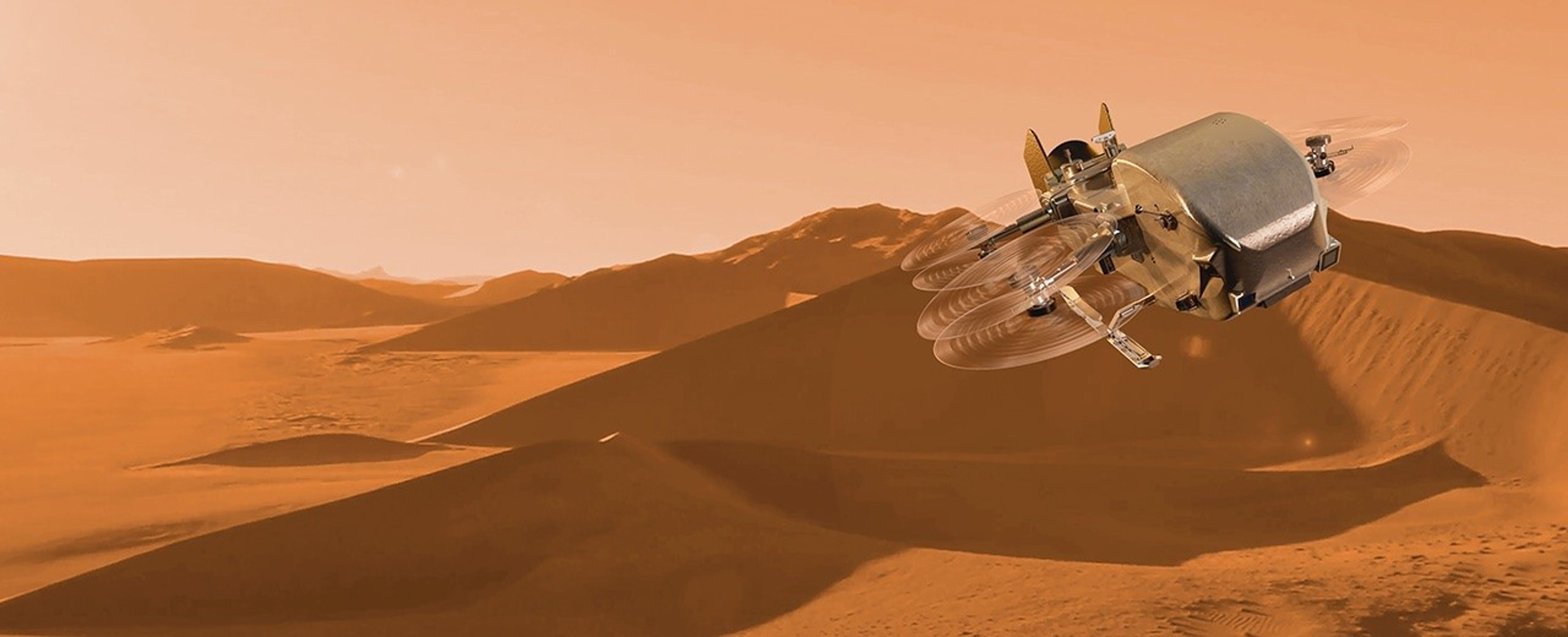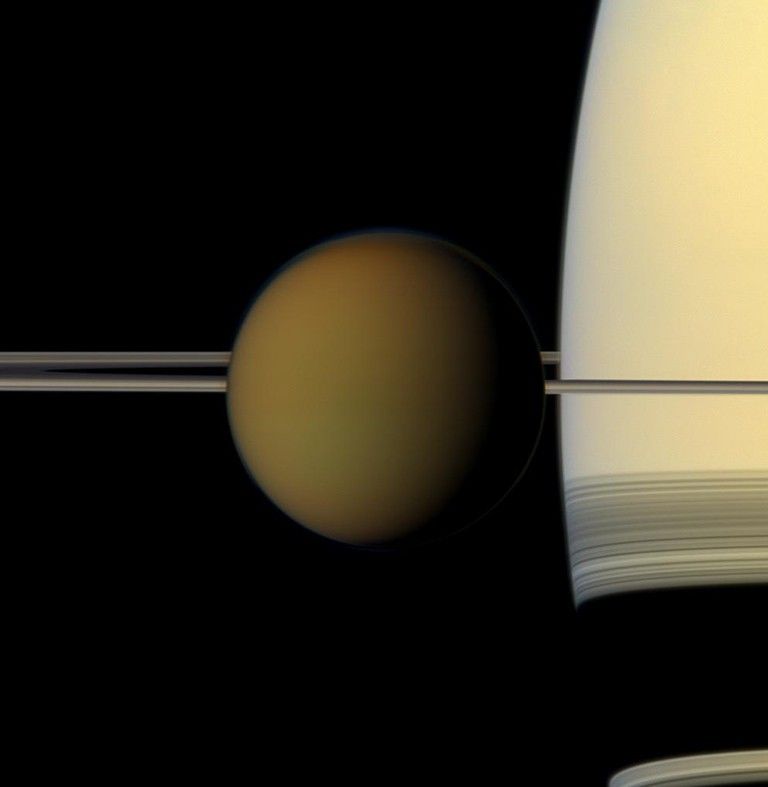Discover Saturn
In addition to the resources on this page, follow along with updates on Saturn and Titan science and upcoming missions through @NASASolarSystem on your preferred social media platform.
Saturn
Learn more about Saturn, a planet known for its distinctive rings, a target of observation and awe for centuries.
Explore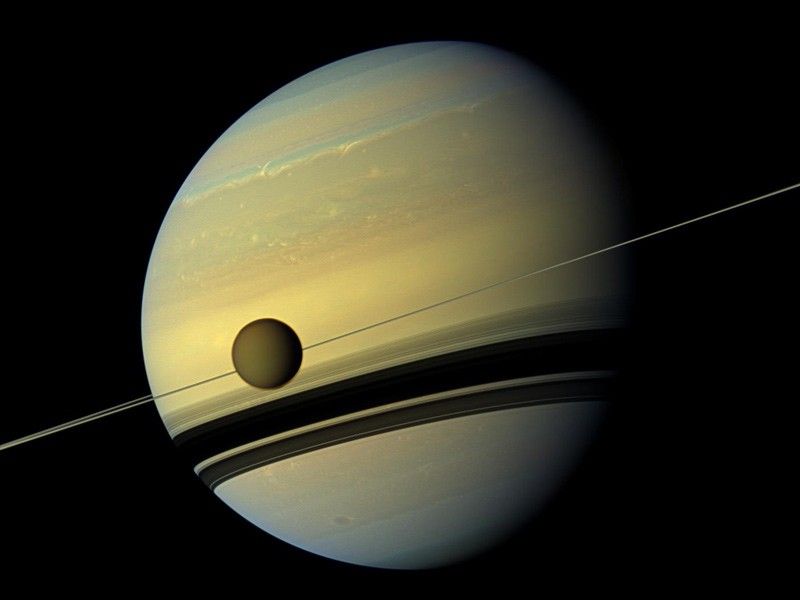
Highlights
Dragonfly Mission to Titan
Advancing our search for the building blocks of life, NASA's Dragonfly rotorcraft-lander will make multiple flights to sample and examine sites around Saturn's exotic moon Titan. The mission is scheduled to launch in July of 2028 and arrive at Titan by 2034.
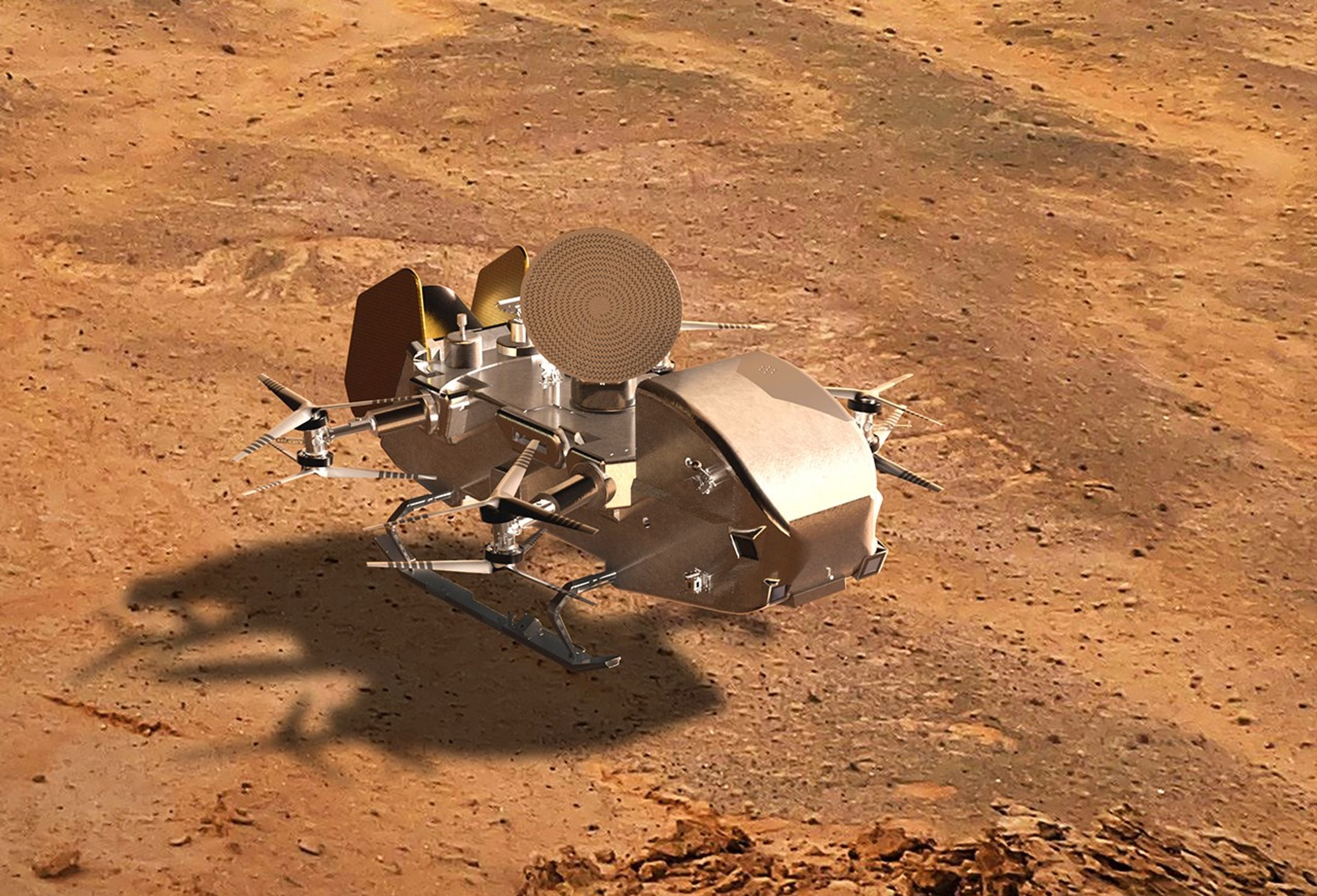
Cassini Mission to Saturn
A joint endeavor of NASA, the European Space Agency (ESA), and the Italian Space Agency (ASI), Cassini was a sophisticated robotic spacecraft sent to study Saturn and its complex system of rings and moons in unprecedented detail.
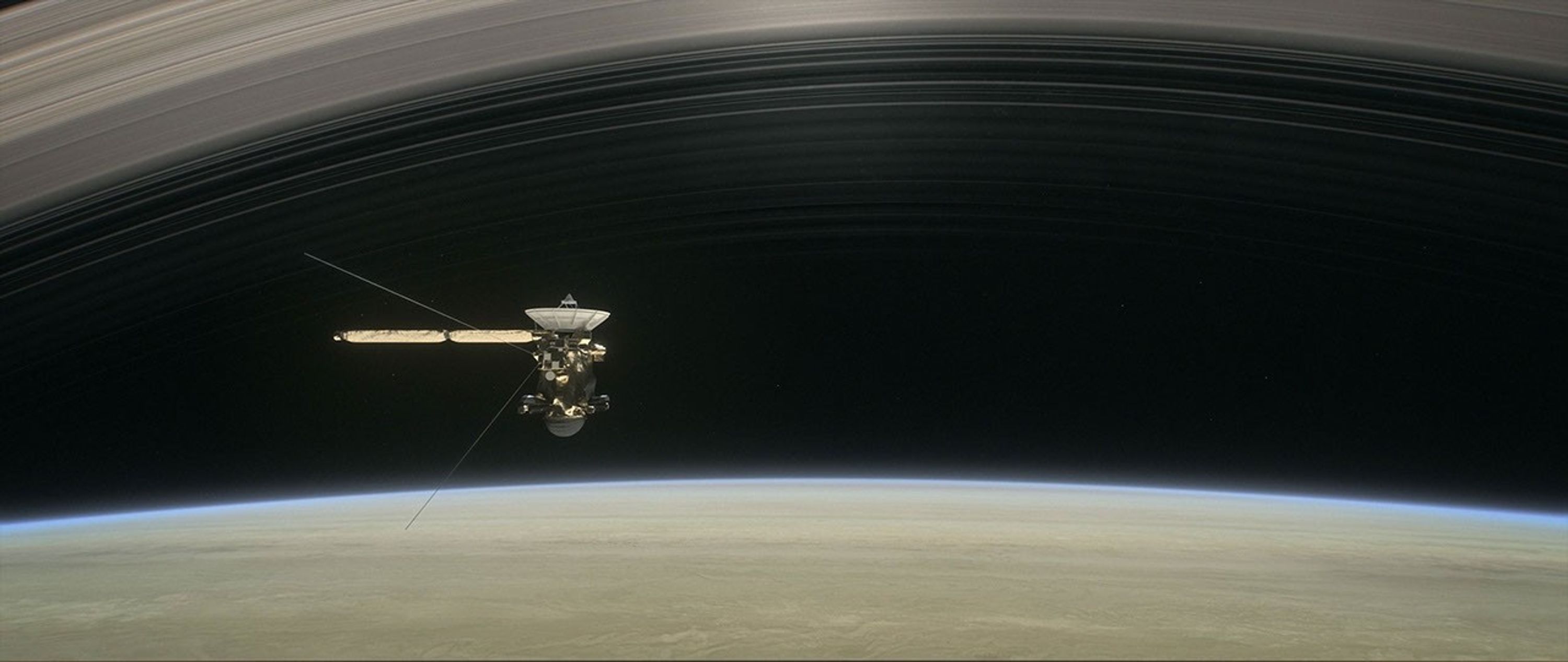
Saturn and Titan Videos
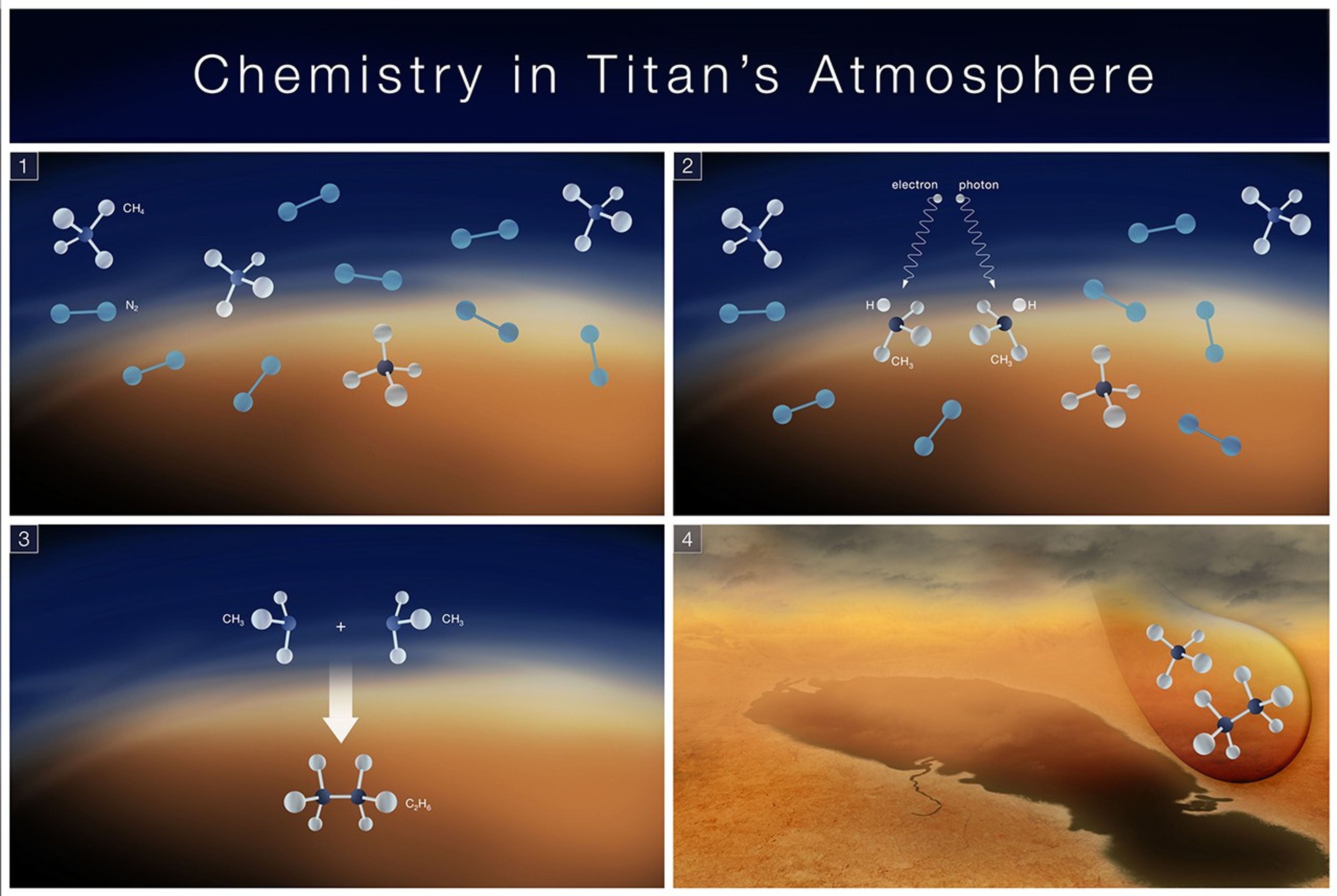
Webb Spies Rain Clouds, New Molecule on Titan
Discover how NASA's James Webb Space Telescope is telling us more about Titan, Saturn's largest moon.
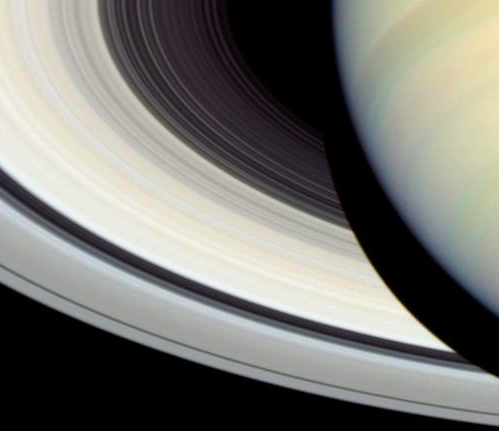
Exploring the Origins of Saturn's Rings and Moons
Saturn's rings and icy moons may have formed following a massive collision between two moons orbiting the gas giant, based on current supercomputer simulations.
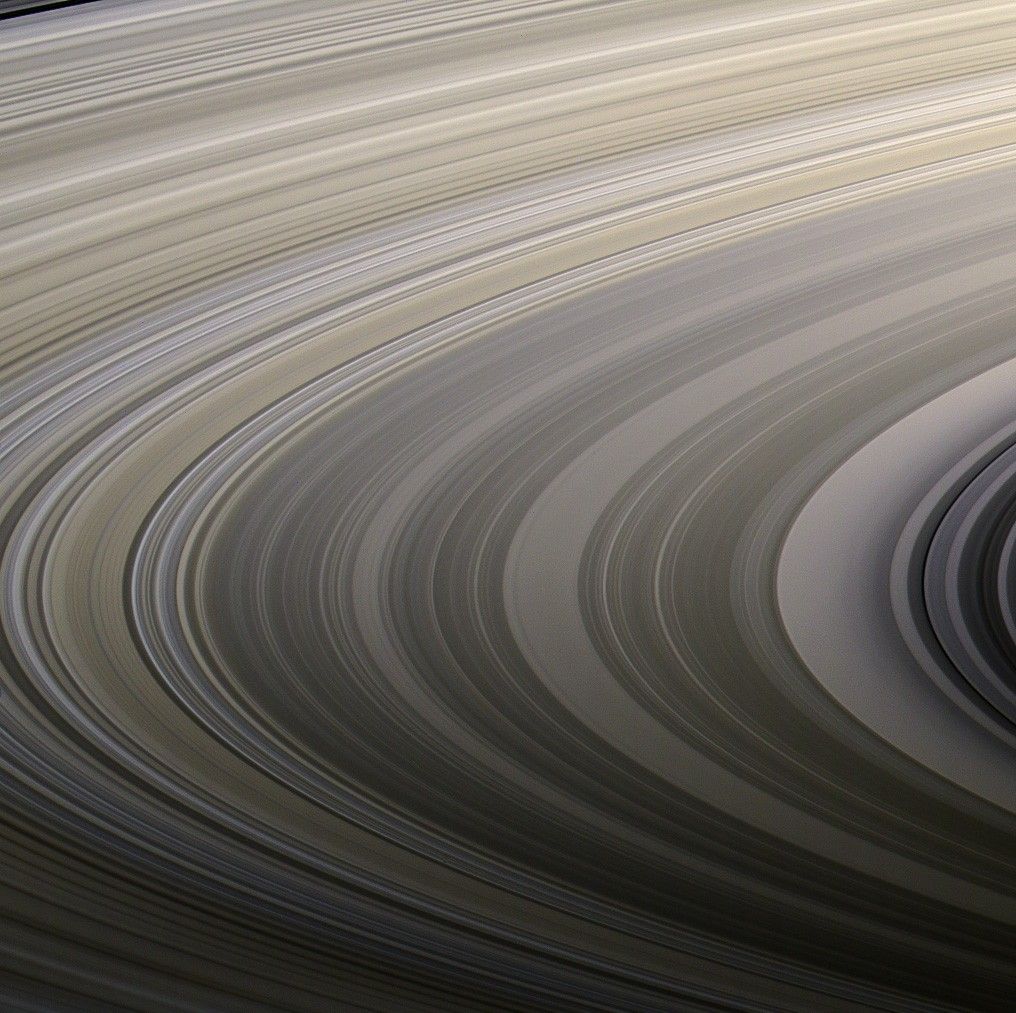
Saturn's Rings Are Acting Strange
Since their discovery by NASA's Voyager mission in the 1980s, temporary "spoke" features across Saturn's rings have fascinated scientists, yet eluded explanation.
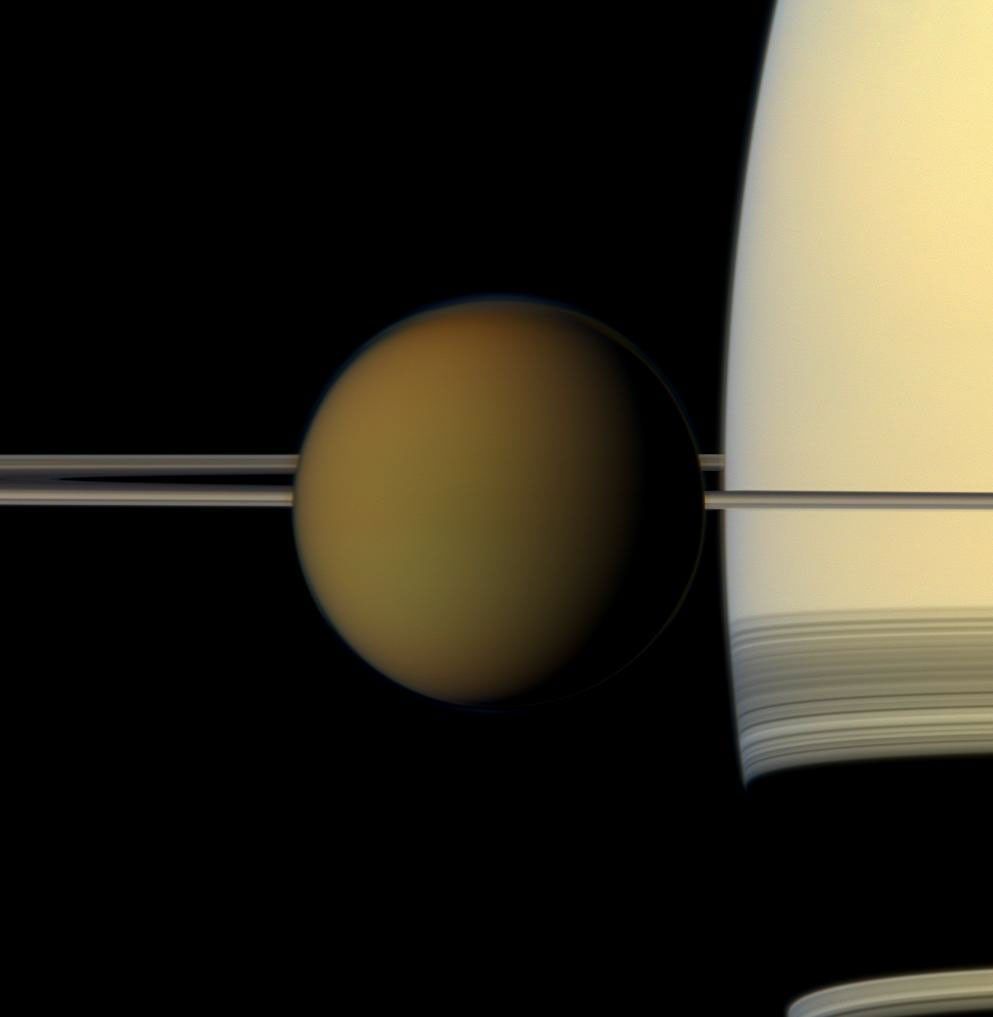
Building Blocks for Surviving Titan
Learn how Saturn's moon Titan is expanding our understanding of the chemical complexity of the solar system and the potential for life in the universe.
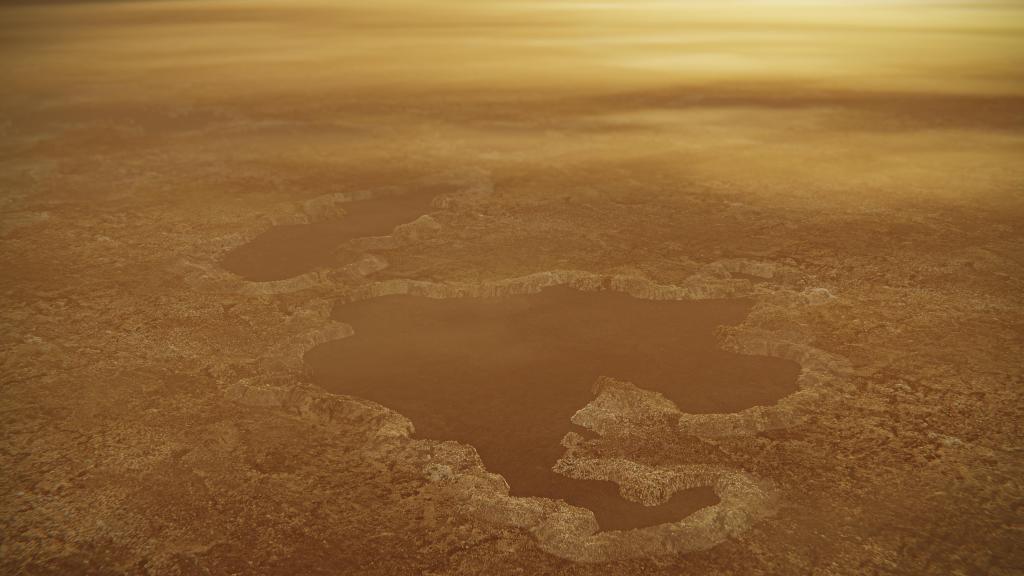
What You Need to Know About Saturn's Moon Titan
Earth is not the only place in the solar system with rain, rivers, lakes, and seas. Saturn's moon Titan has them, too – not of water, but of liquid methane and ethane.
Dragonfly Mission Videos
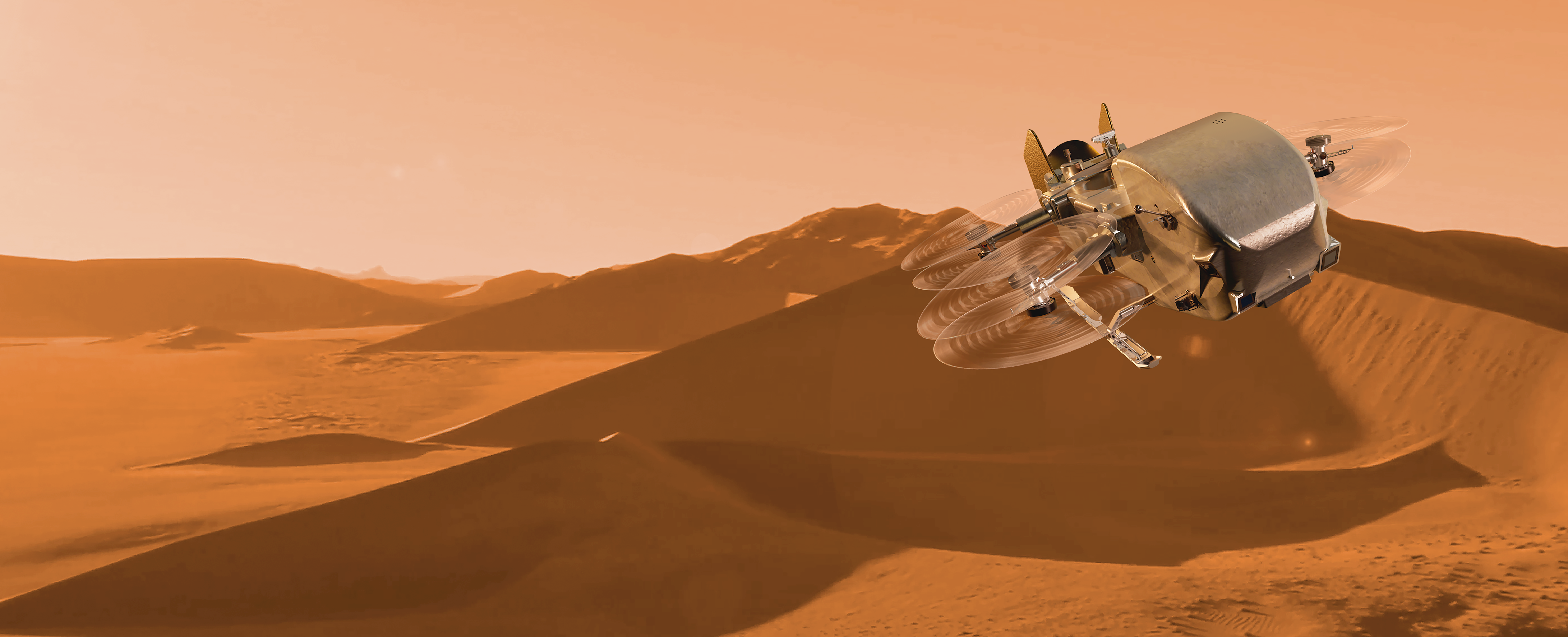
NASA's Dragonfly Mission: Exploring the Potential Chemistry of Titan
Explore how the Dragonfly Mass Spectrometer (DraMS) will be used to study the organic composition of Titan.
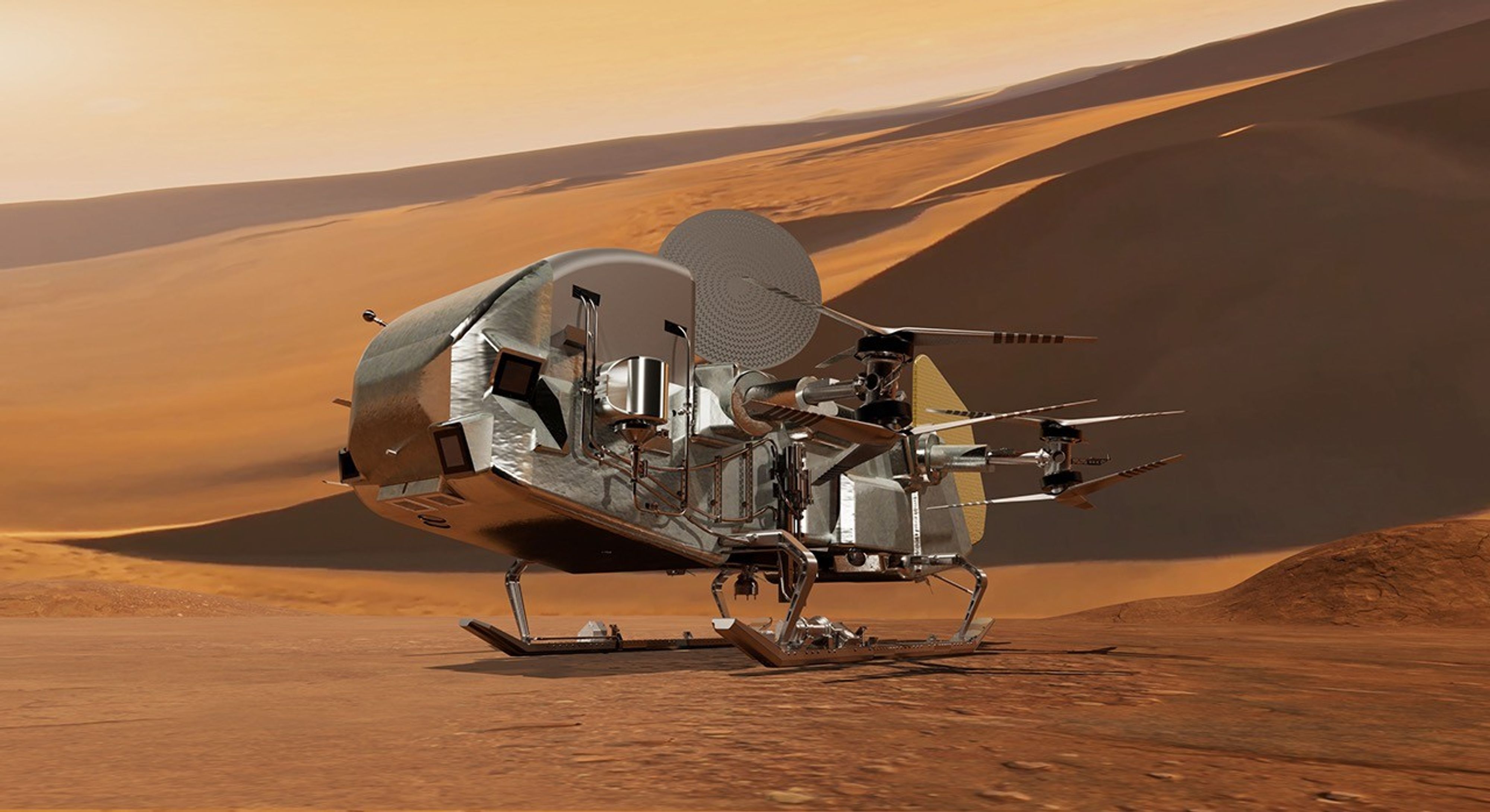
Dragonfly Mission to Saturn's Moon Titan
Learn about the Dragonfly mission to Titan: How we'll get there, what we'll do there, and how it could teach us about the building blocks of life.
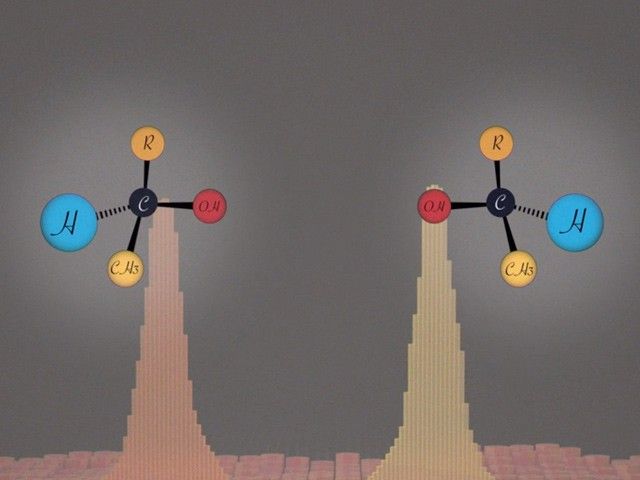
The Science of Dragonfly
Discover how Dragonfly's suite of science instruments will investigate the chemistry and habitability of Titan.
Cassini Mission Videos
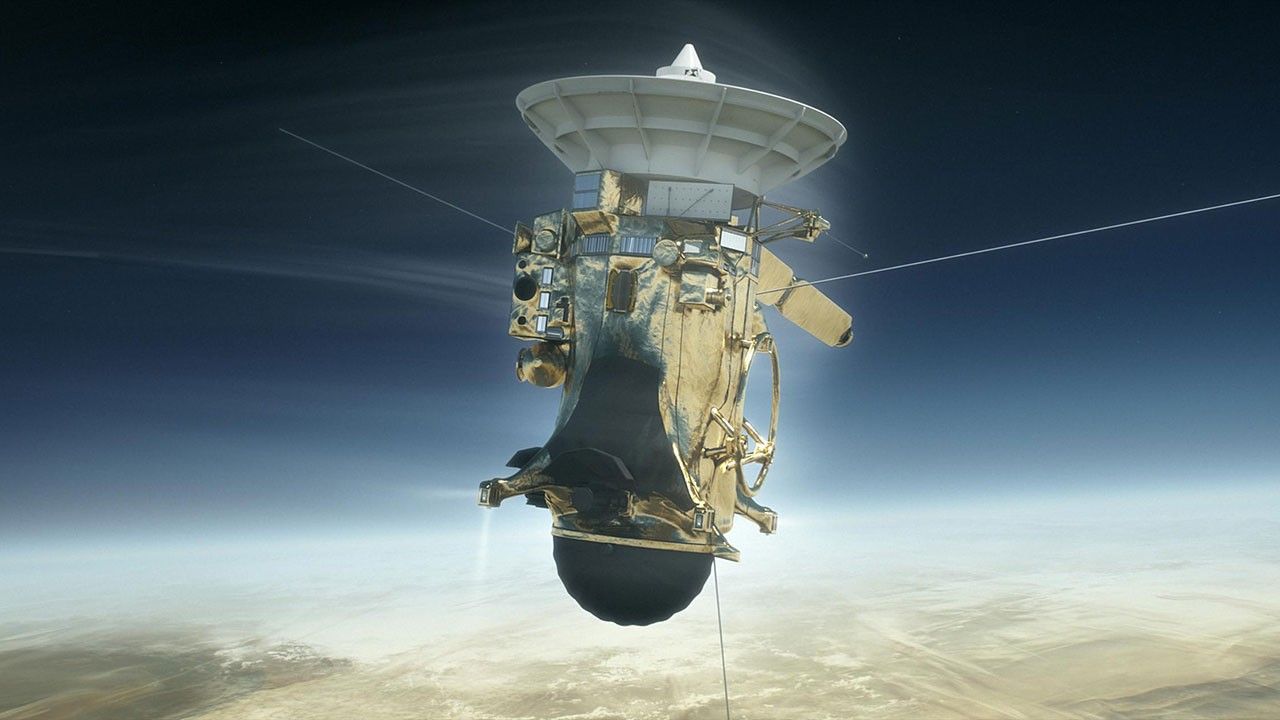
Farewell to Saturn: Highlights from the End of NASA's Cassini Mission
On Sept. 15, 2017, the Cassini spacecraft plunged into Saturn, ending its 20-year mission of discovery. Learn more about the mission's end in this video.
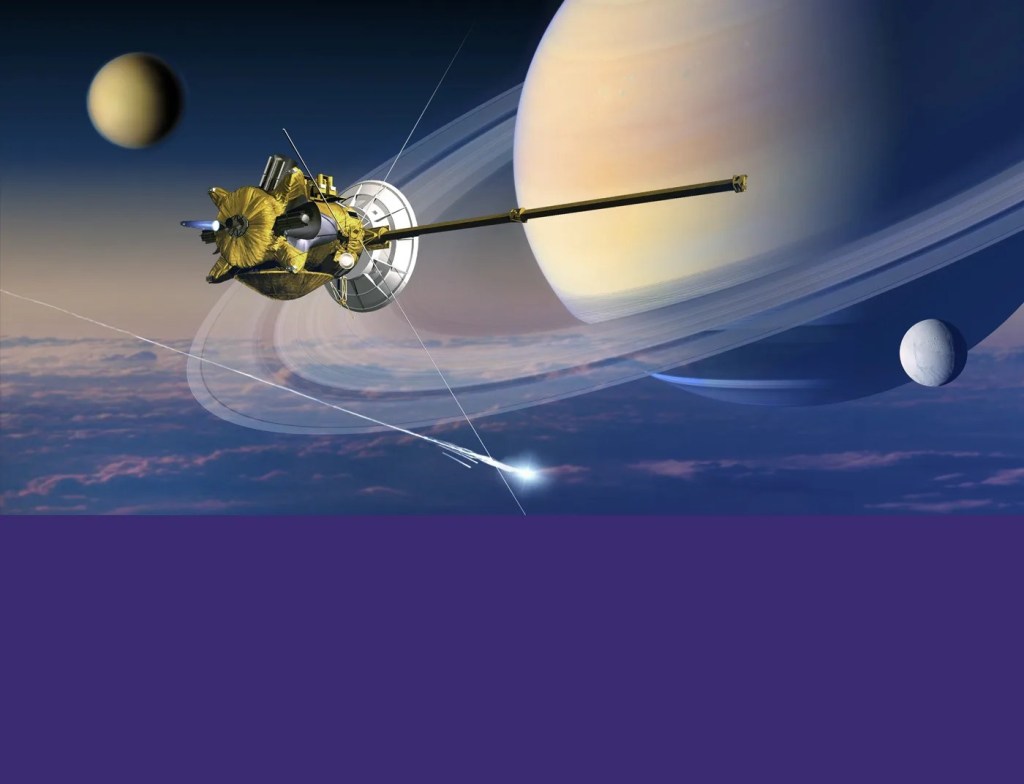
NASA at Saturn: Cassini's Grand Finale
The final chapter in a remarkable mission of exploration and discovery, Cassini's Grand Finale was, in many ways, like a brand new mission.
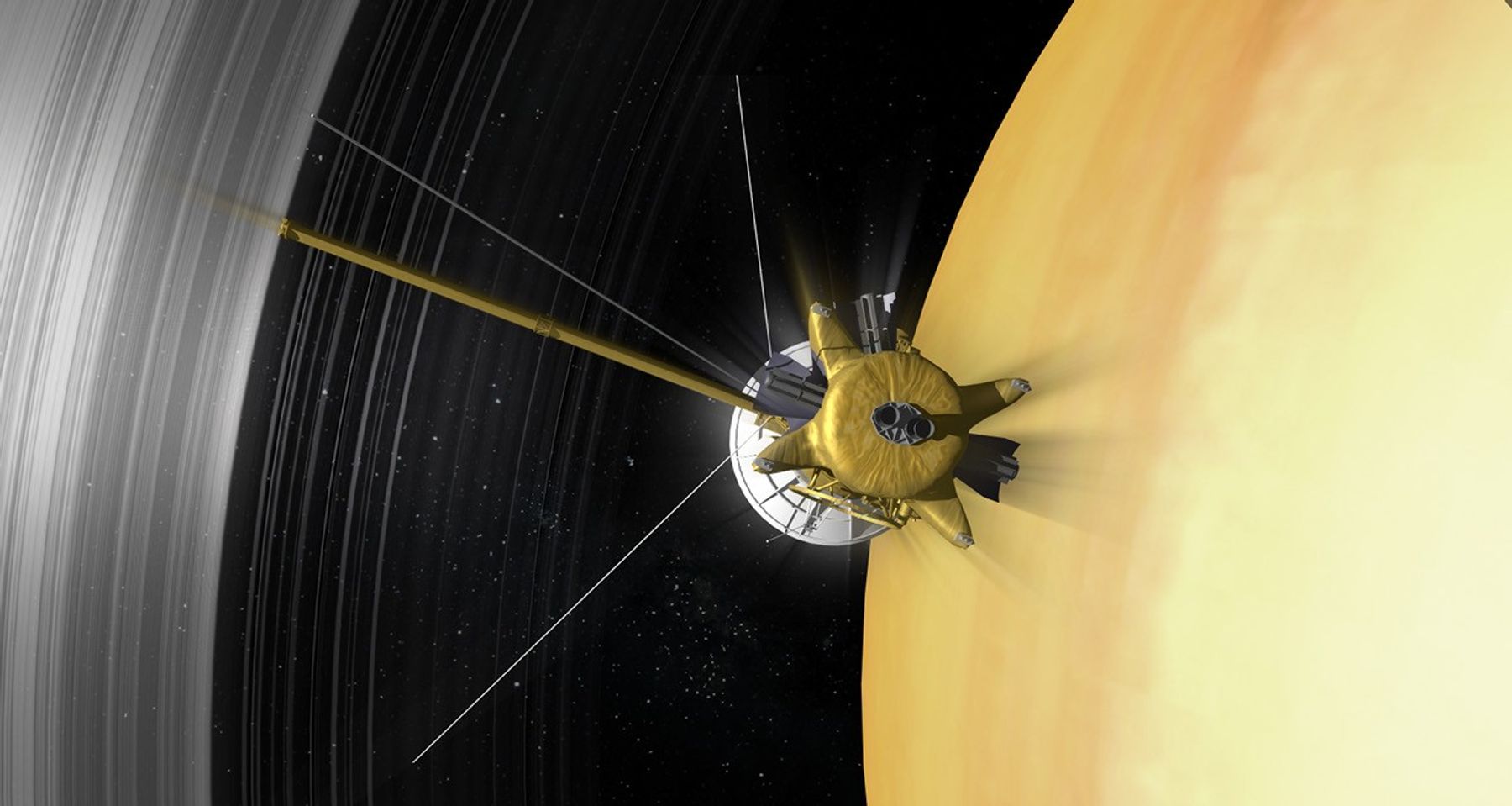
Cassini's Infrared Saturn
Learn how the Cassini spacecraft used its Composite Infrared Spectrometer (CIRS) instrument to study Saturn and its moons in heat radiation.
Images
View a collection of images of Saturn, Titan, and other members of the Saturnian system taken by spacecraft explorers.
Explore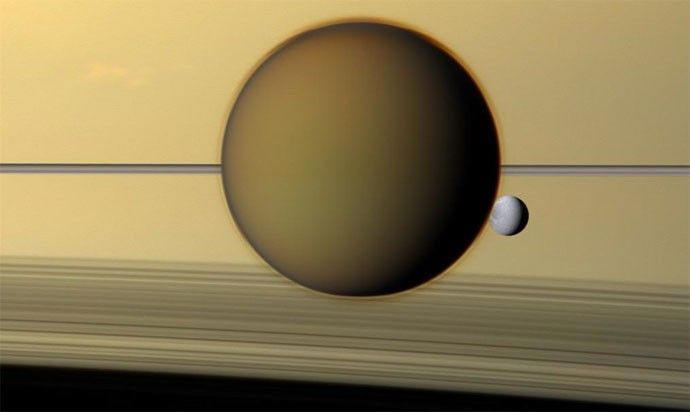
NASA Research Shows Path Toward Protocells on Titan
NASA research has shown that cell-like compartments called vesicles could form naturally in the lakes of Saturn’s moon Titan. Titan…
Read the Story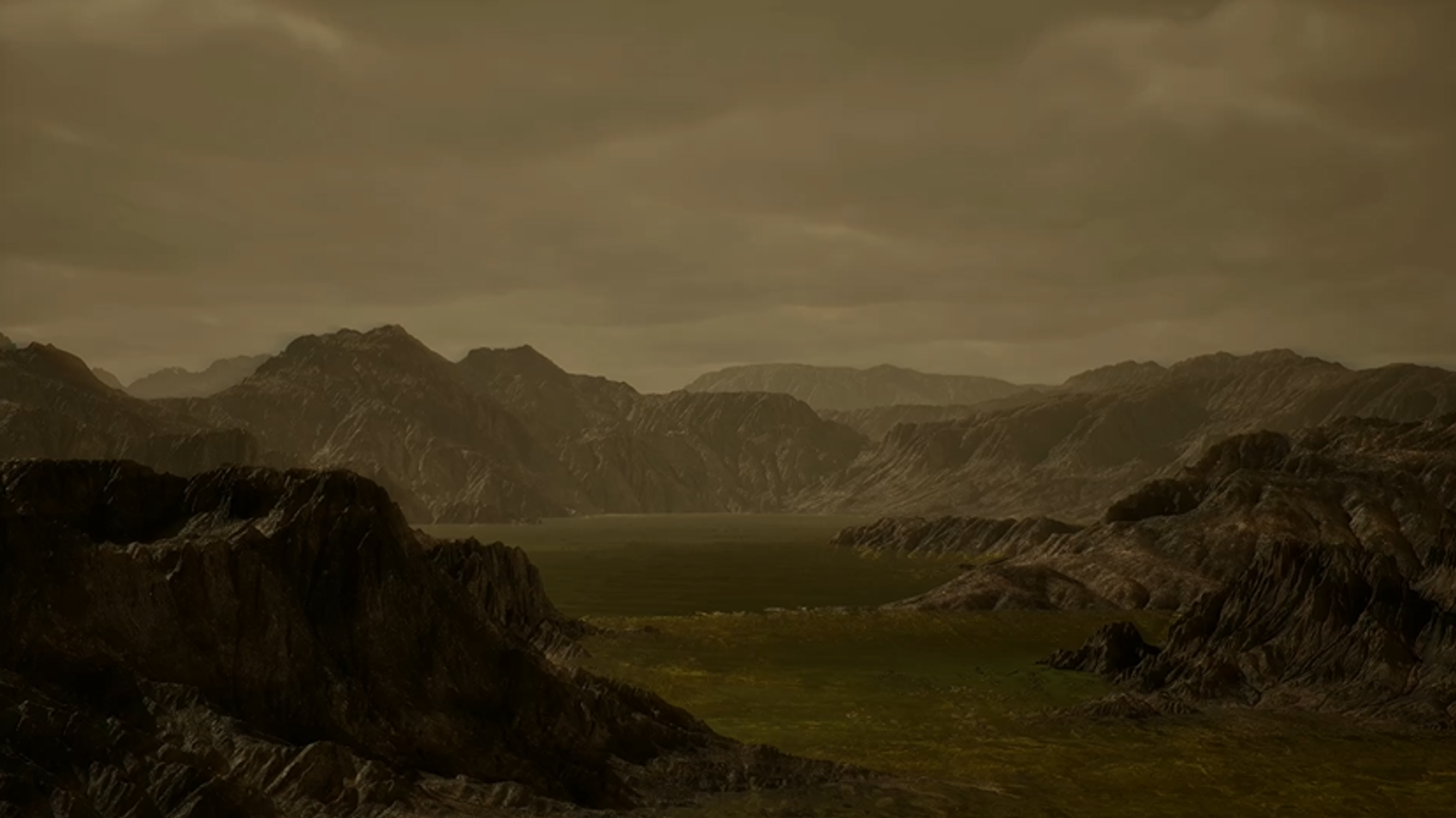
Activities
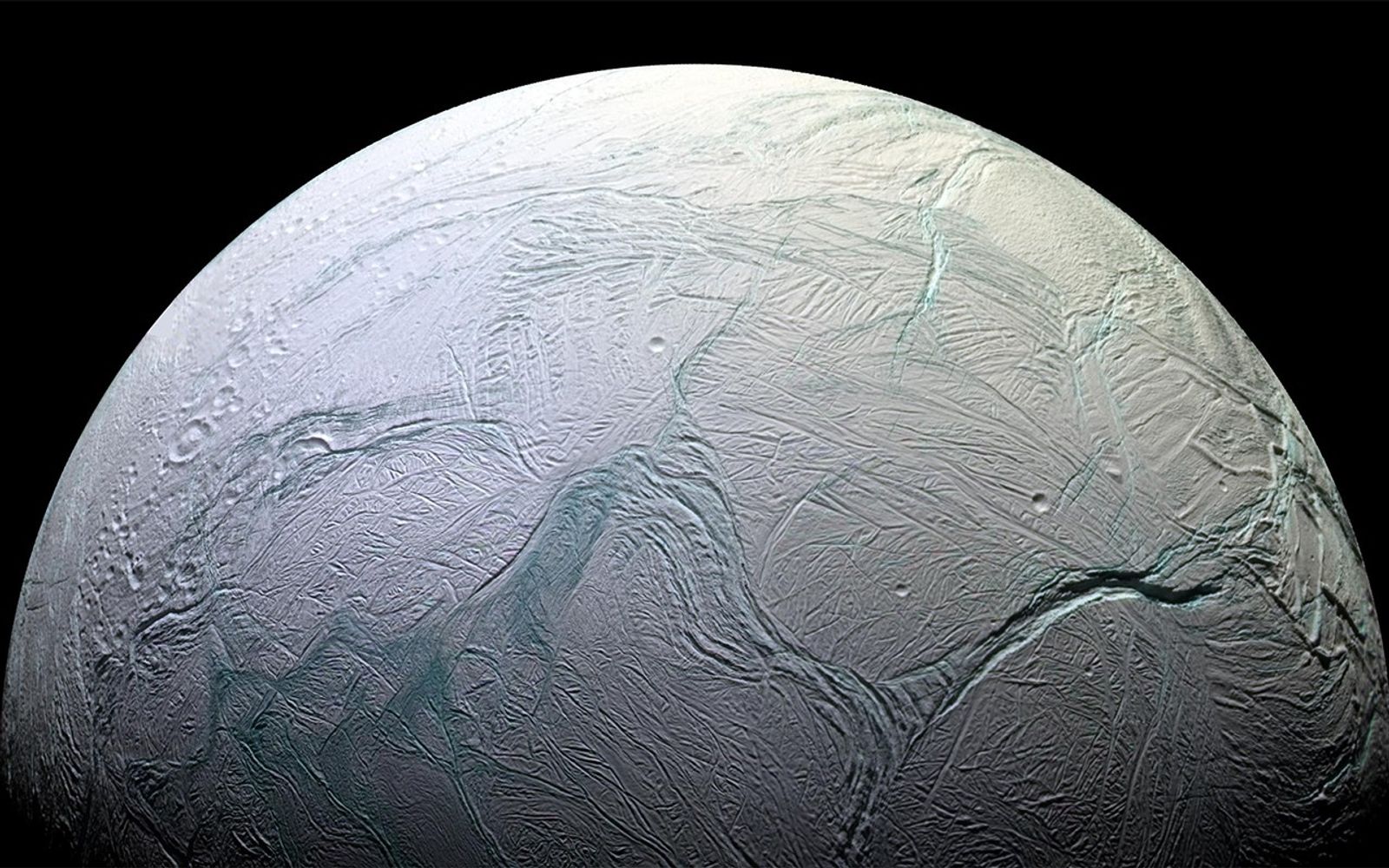
Exploring the Universe: Ice Orbs
Learn how NASA planetary scientists are probing ocean worlds in the outer solar system, searching for evidence of liquid water and possible signs of life beneath the icy surface. Put what you learn into practice by investigating a frozen sphere using various tools to learn about objects hidden inside. This activity can be adapted to include whatever materials you may already have on hand.
Note: This activity is also available in Spanish.
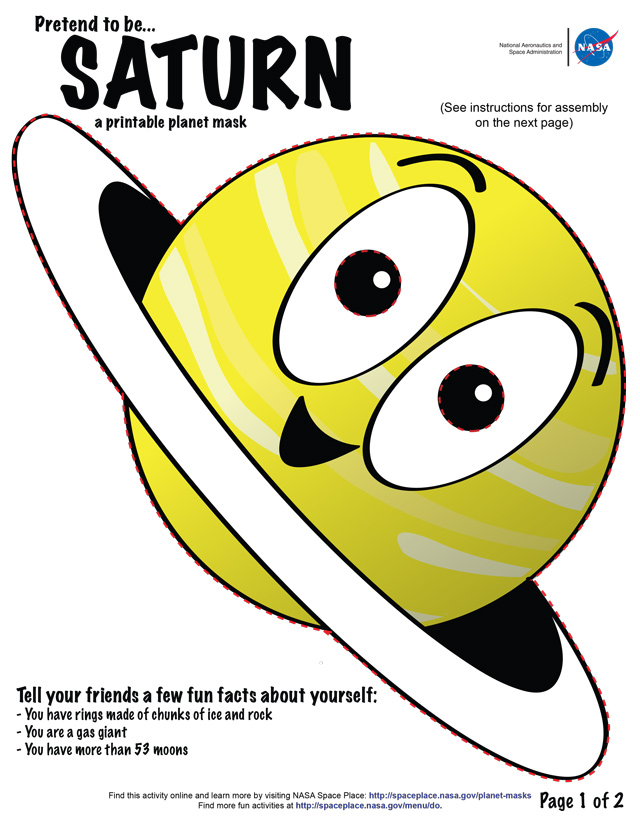
Make a Planet Mask!
Learn about the planets in our solar system, and make your very own wearable planet mask.
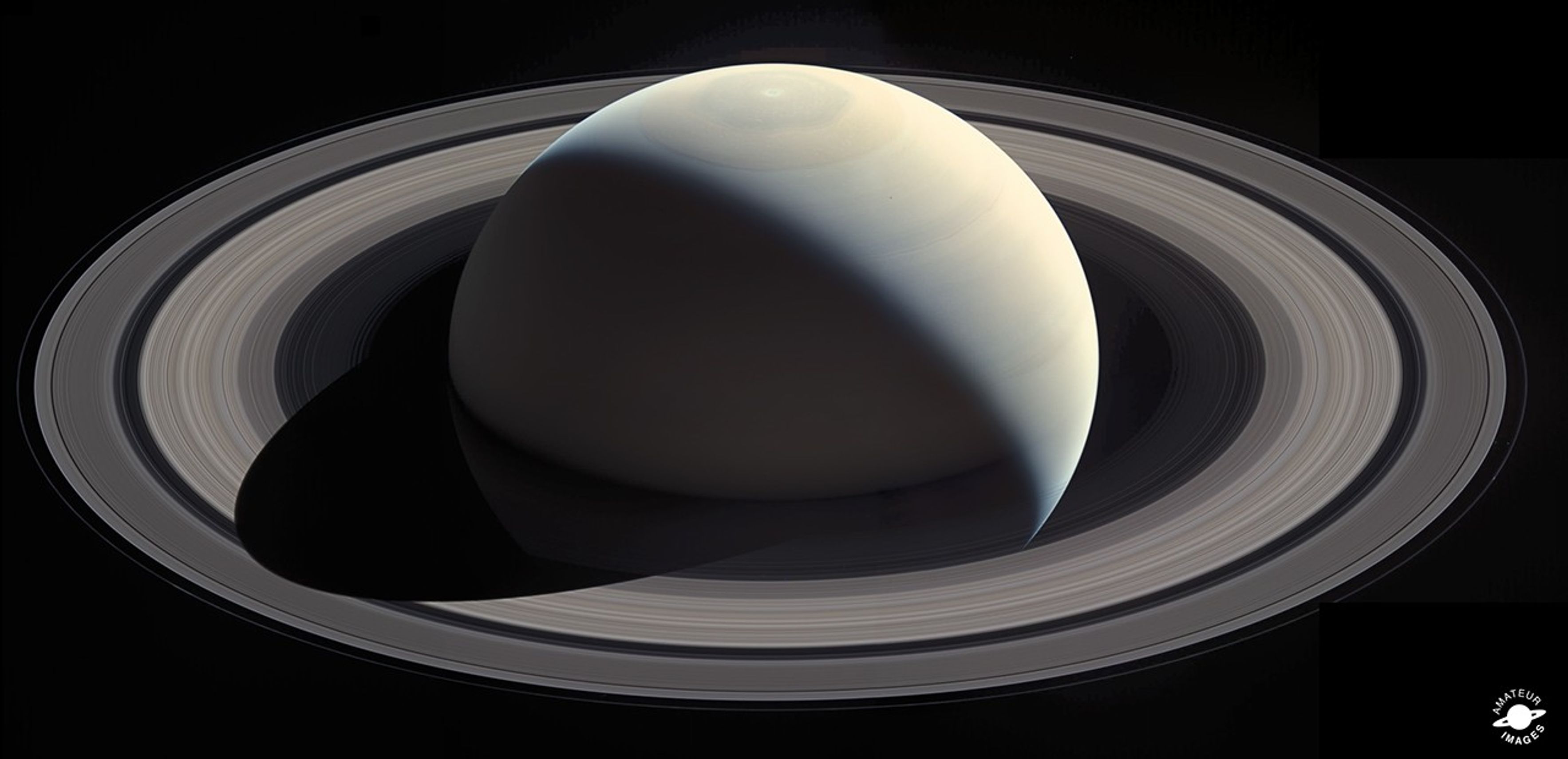
Make a CD Saturn
You can make a neat model of the planet Saturn and its rings using some common craft materials.
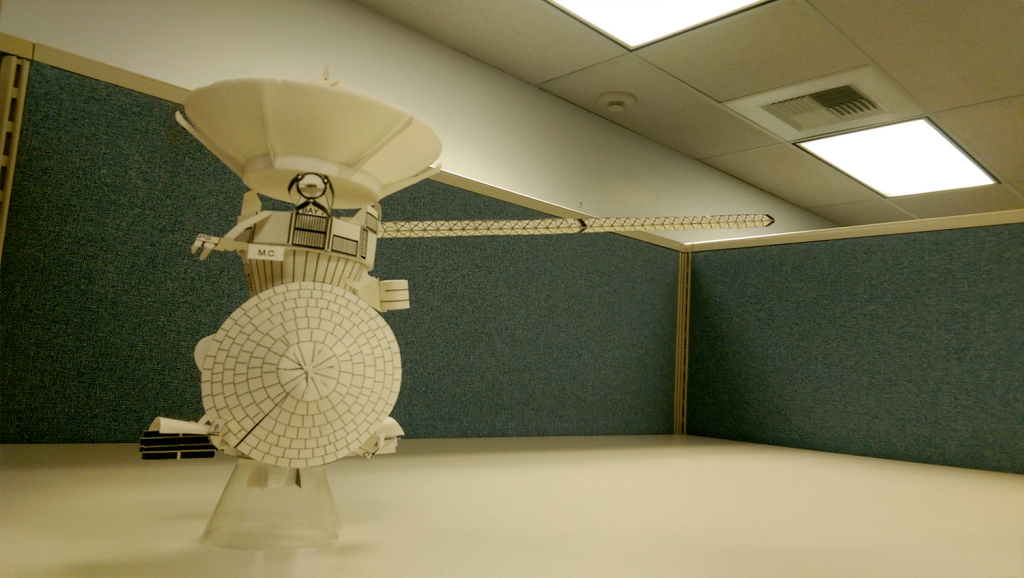
Additional Resources

Saturn's Rings Shine in Webb's Observations of Ringed Planet
Check out this blog from NASA's James Webb Space Telescope that highlights Webb's first near-infrared observations of Saturn, and the science we are learning from them.
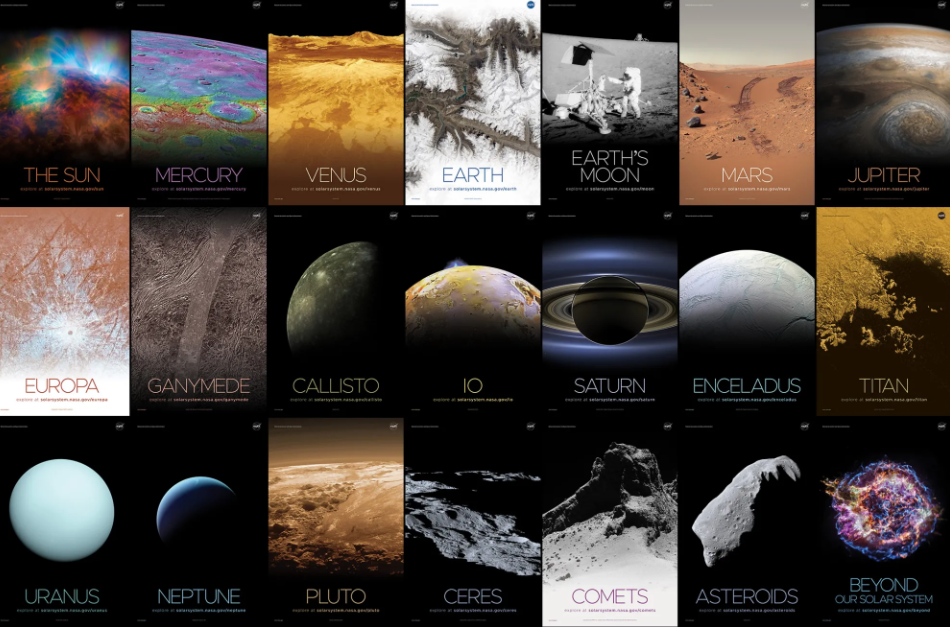
Solar System and Beyond Poster Set
This NASA poster set showcases the beauty of our solar system and beyond.
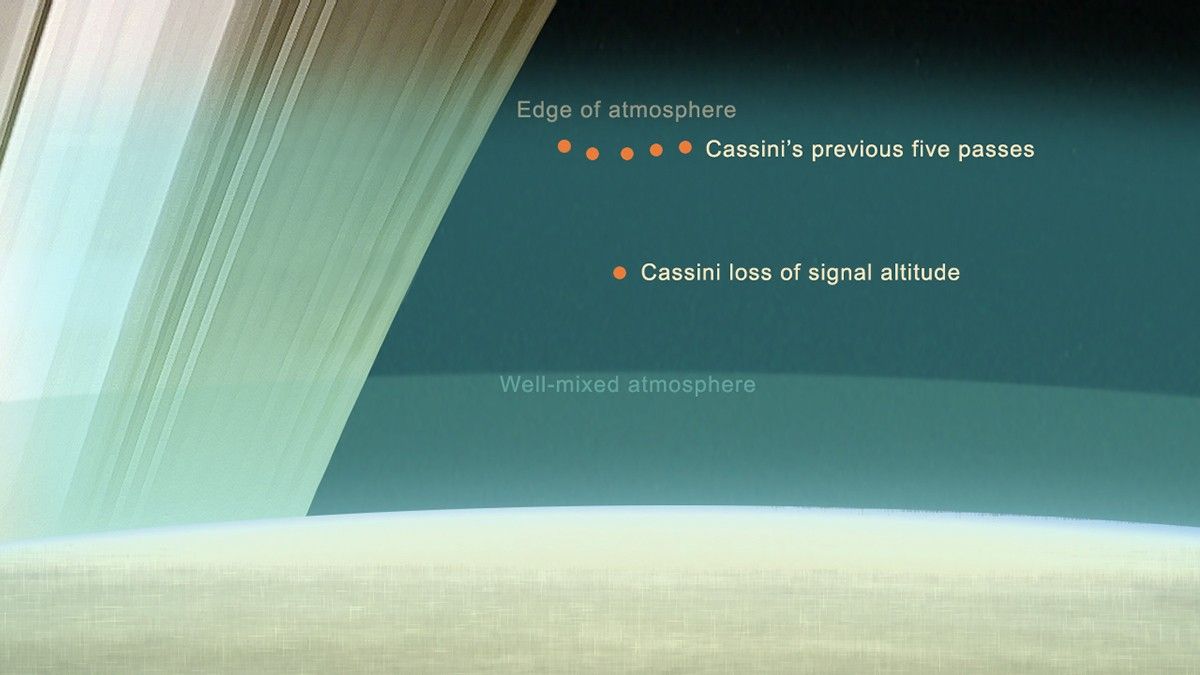
NASA Cassini Graphics
Search this gallery for a variety of Cassini-related videos, images, graphics, and posters.
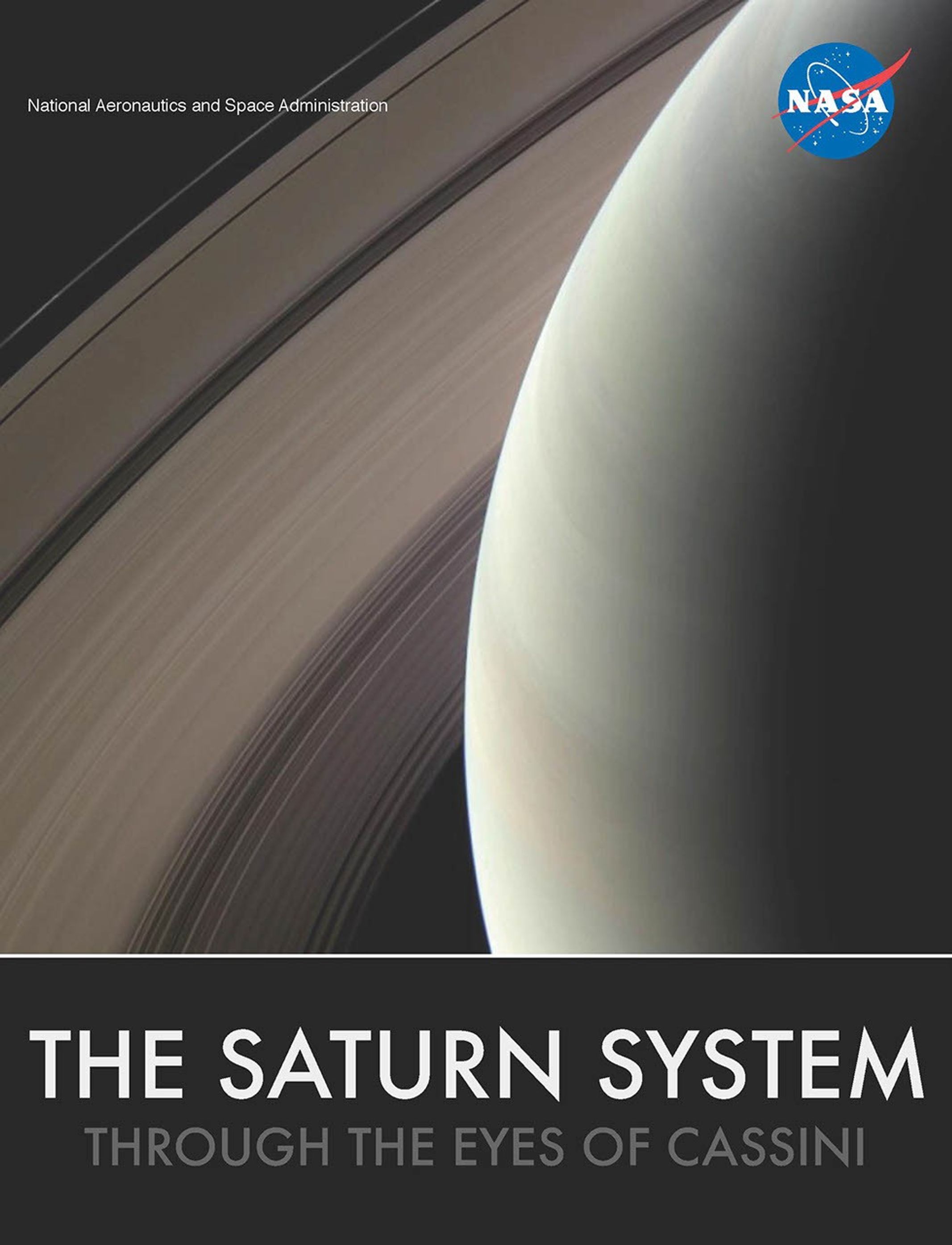
The Saturn System Through the Eyes of Cassini (e-Book)
This NASA e-Book celebrates Saturn as seen through the eyes of the Cassini spacecraft.
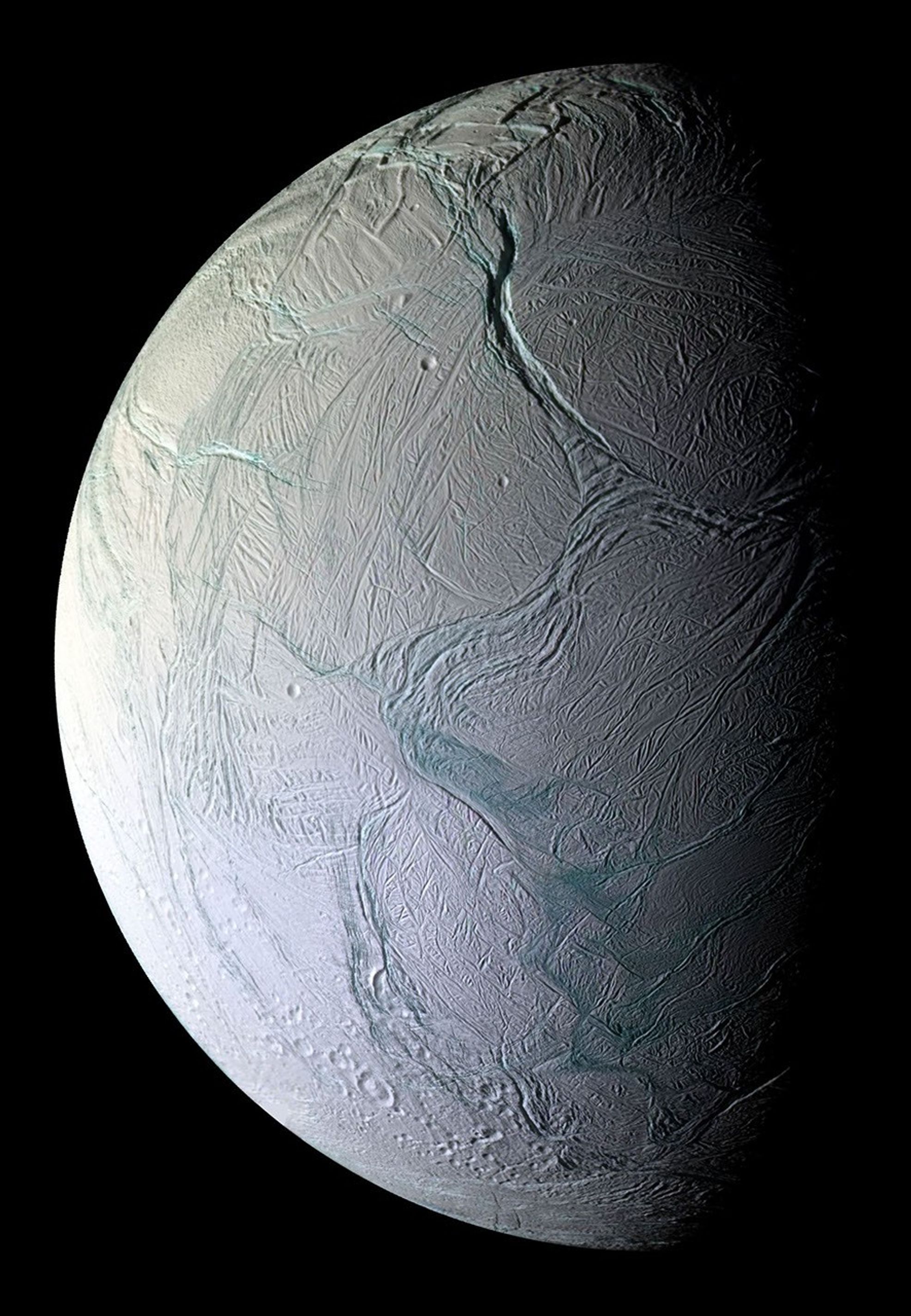
NASA's Solar System Treks
NASA Solar System Treks are online, browser-based portals that allow you to explore the surfaces of other worlds using real data returned from a growing fleet of spacecraft. Visit Titan and Enceladus now!
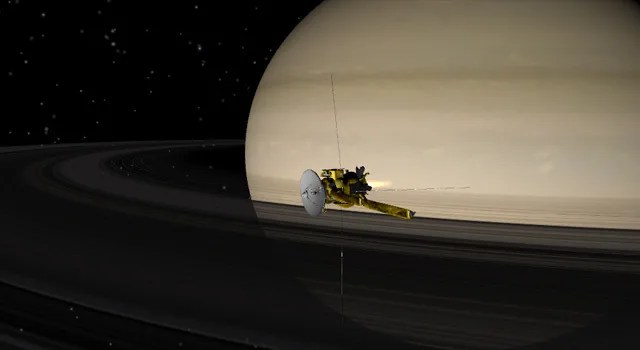
NASA's Eyes on the Solar System
A 3D environment full of real NASA mission data. Hop on an asteroid, fly with NASA spacecraft, see the entire solar system moving in real-time, and more. You control space and time.

